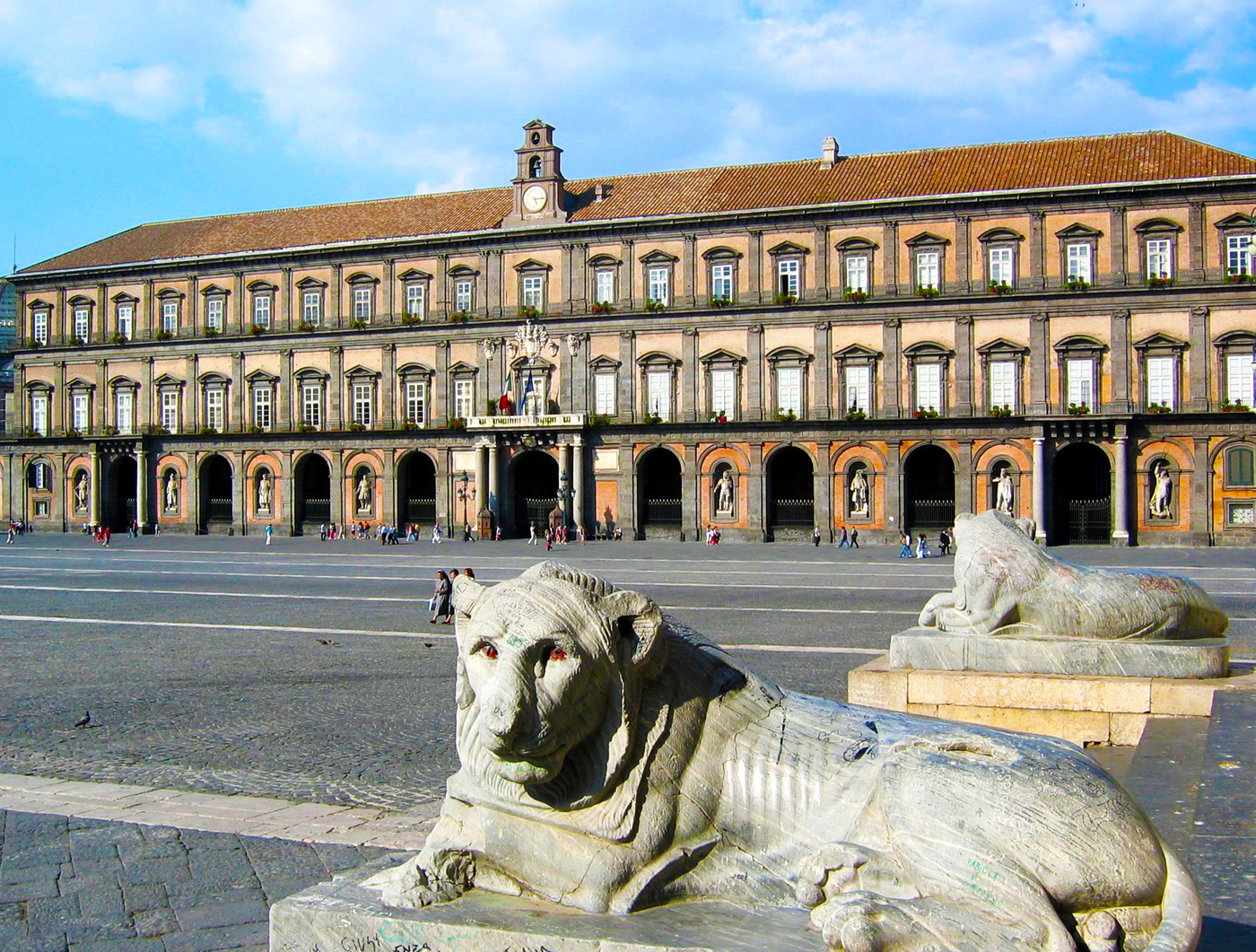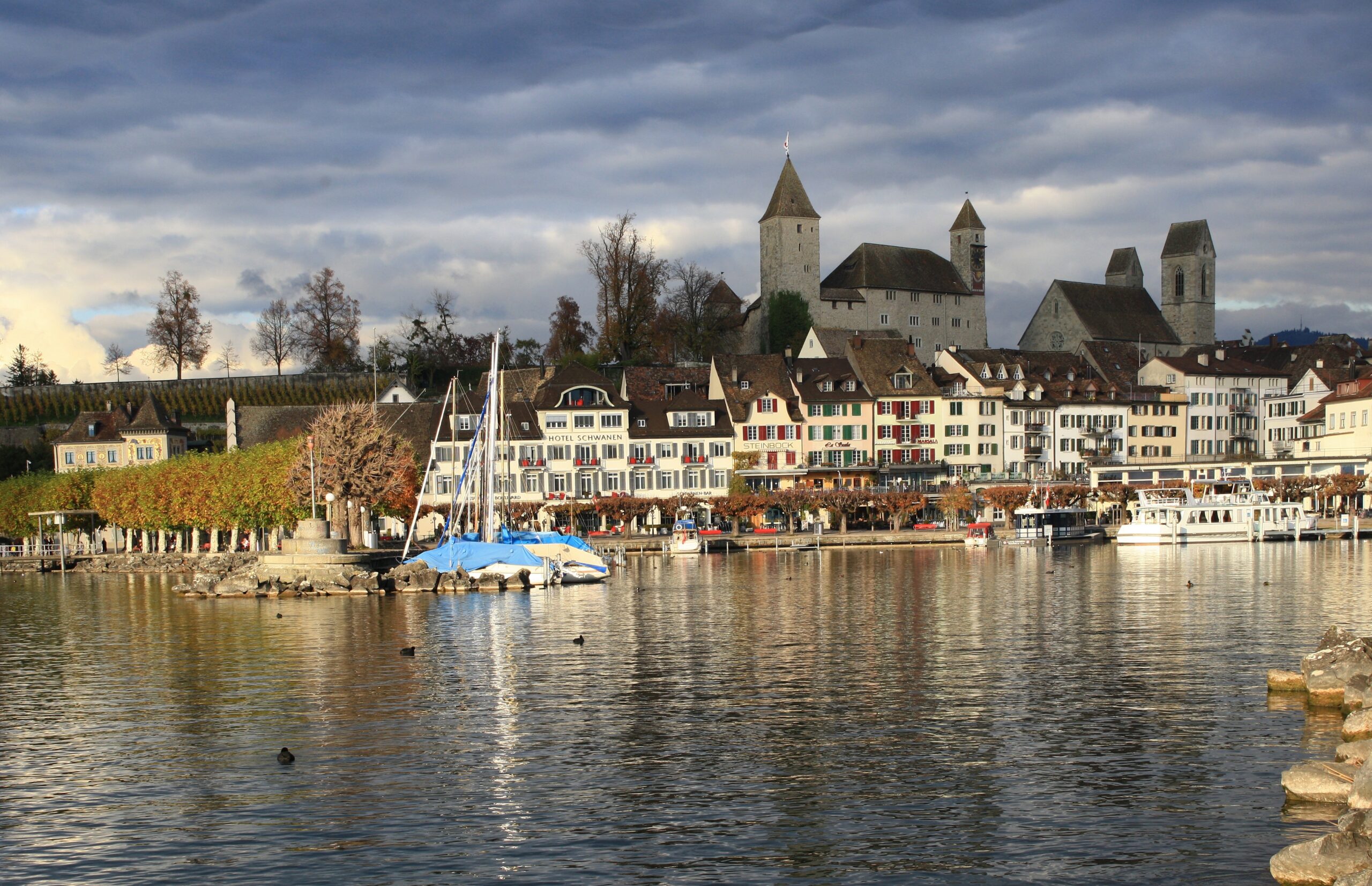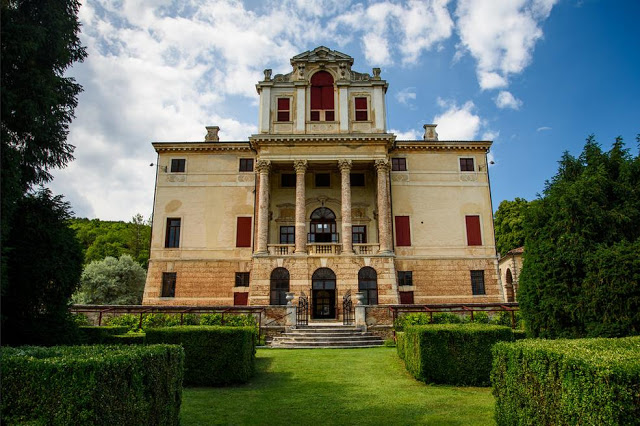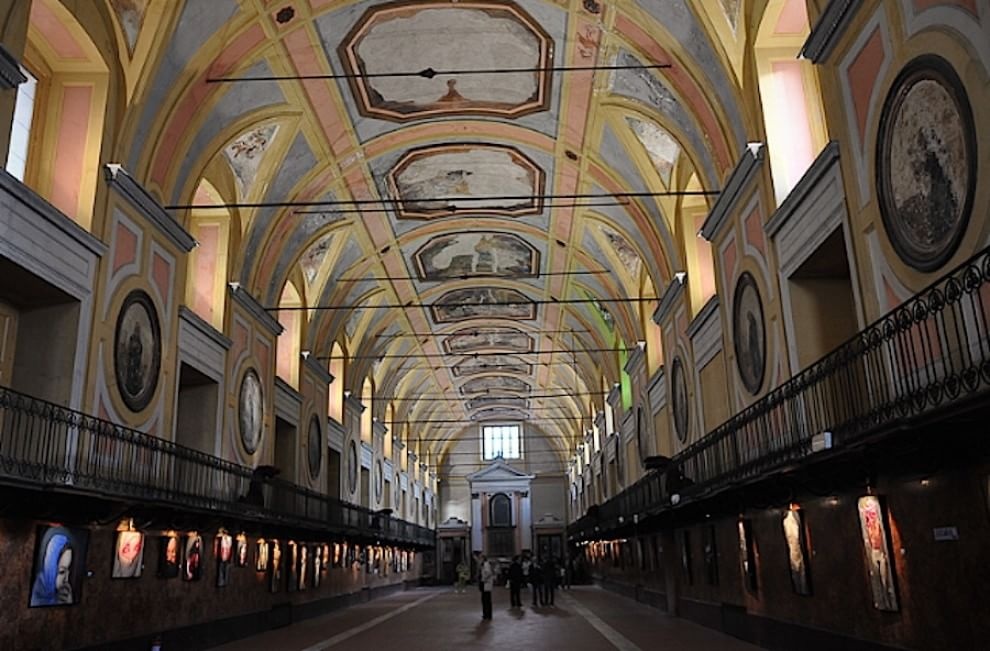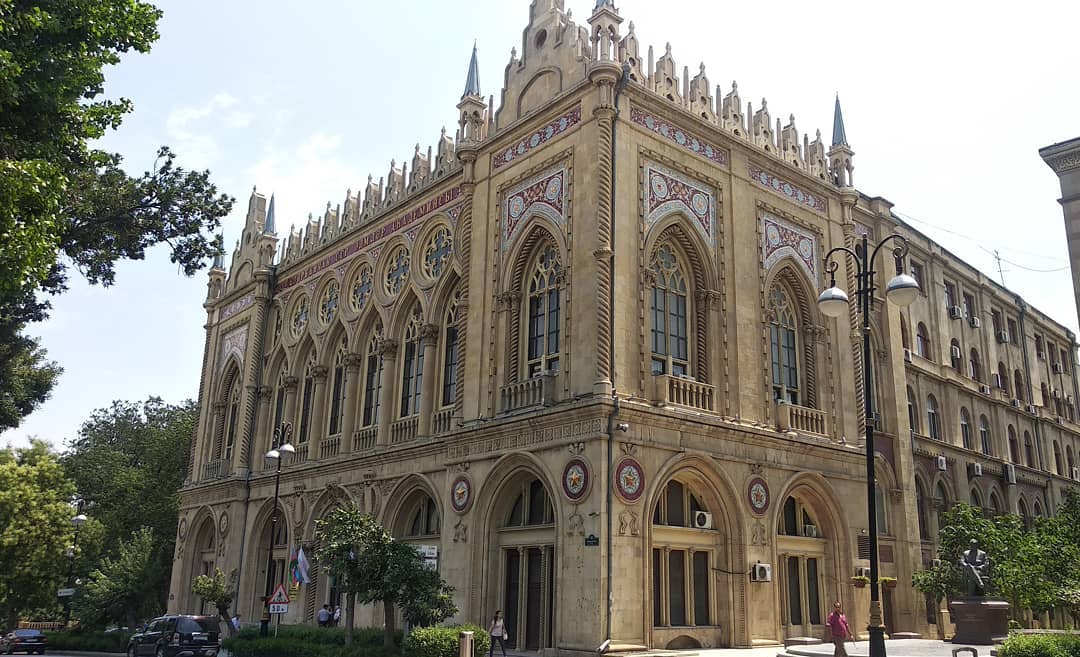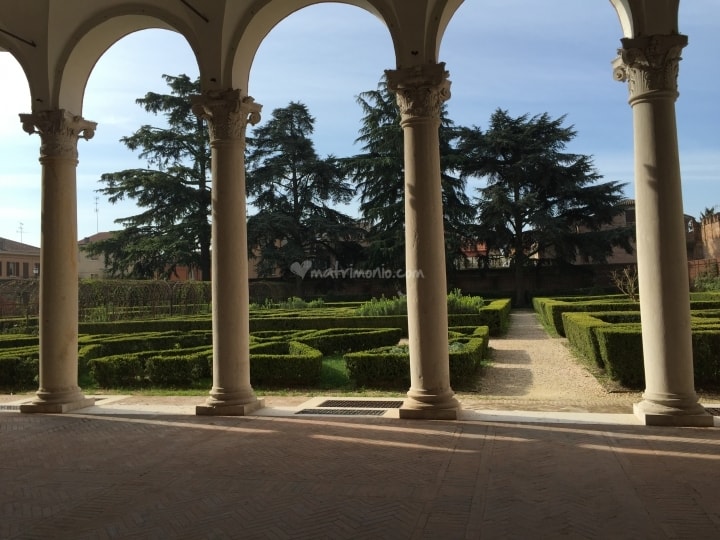The Royal Palace of Naples was founded in the seventeenth century to house the Kings of Spain, on commission of the Spanish Viceroyalty, but since then it became the fulcrum of the monarchic power of Naples, also hosting the Austrian kings, the Bourbons and was also home to the Savoy dynasty after the unification of Italy. The Royal Palace represented one of the four residences of the Bourbon dynasty of Naples (the other three are the Royal Palace of Capodimonte, the Royal Palace of Portici and the Royal Palace of Caserta).
This imposing and majestic palace that still dominates the famous Piazza del Plebiscito was built in 1600 by Domenico Fontana on commission of the viceroy Fernando Ruiz de Castro, who wanted to host King Philip III of Spain on an official visit to Naples, the capital of the viceroyalty, in a spacious and comfortable location. An occasion that never came true, given the fickleness of King Philip III who decided to cancel the visit. But Naples found itself, almost by chance, to finally have a Royal Palace that, from that moment, became one of the most prestigious royal residences, rich in masterpieces of art and precious objects that belonged to the royals of four dynasties.
The Royal Palace, originally designed by architect Domenico Fontana, was then finished by Luigi Vanvitelli and Gaetano Genovese who, on commission of Ferdinand II of Bourbon, restored and modernized the entire structure after the fire of 1837 that damaged the Palace. It was Genoese himself who restored the imposing marble Staircase of Honour, located at the entrance of the Palace, and added the famous Party Wing which currently houses the National Library.
